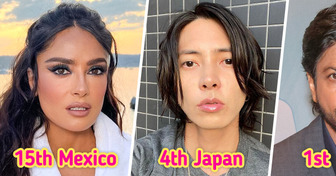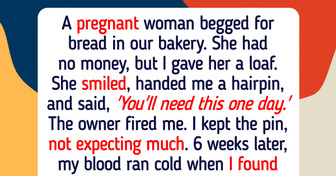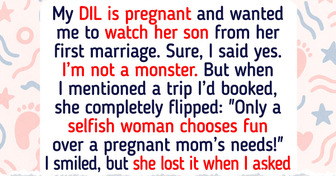11 Stereotypes That Should Have Stayed in the Past, But Still Hurt Us Today

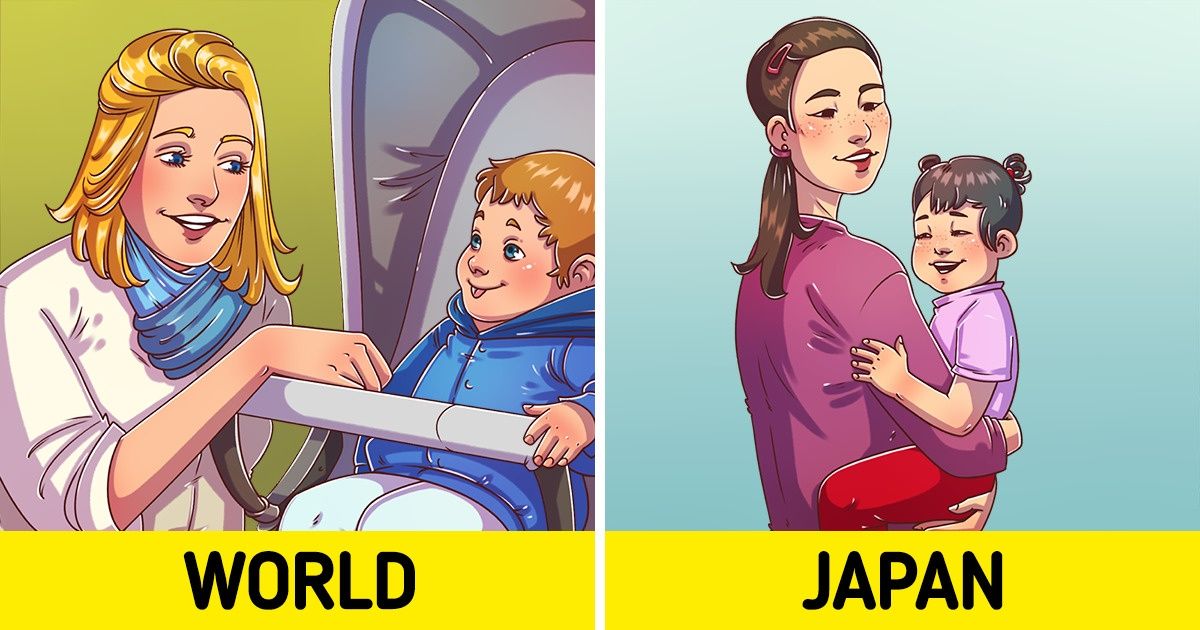
We at Bright Side decided to shed light on the reasons behind this common Japanese motherhood behavior that leaves us, surprised and astonished. And we’d love to share them with you.

Historically speaking, babies were carried using an “Onbuhimos” which translates for “back-carrying strap.” This baby carrier was made out of soft fabric with the intention of moms carrying children on their backs and letting them look over their shoulders. At that time, mothers had to bring their babies with them to the rice paddies and it was the most convenient way to keep an eye on their children while working.
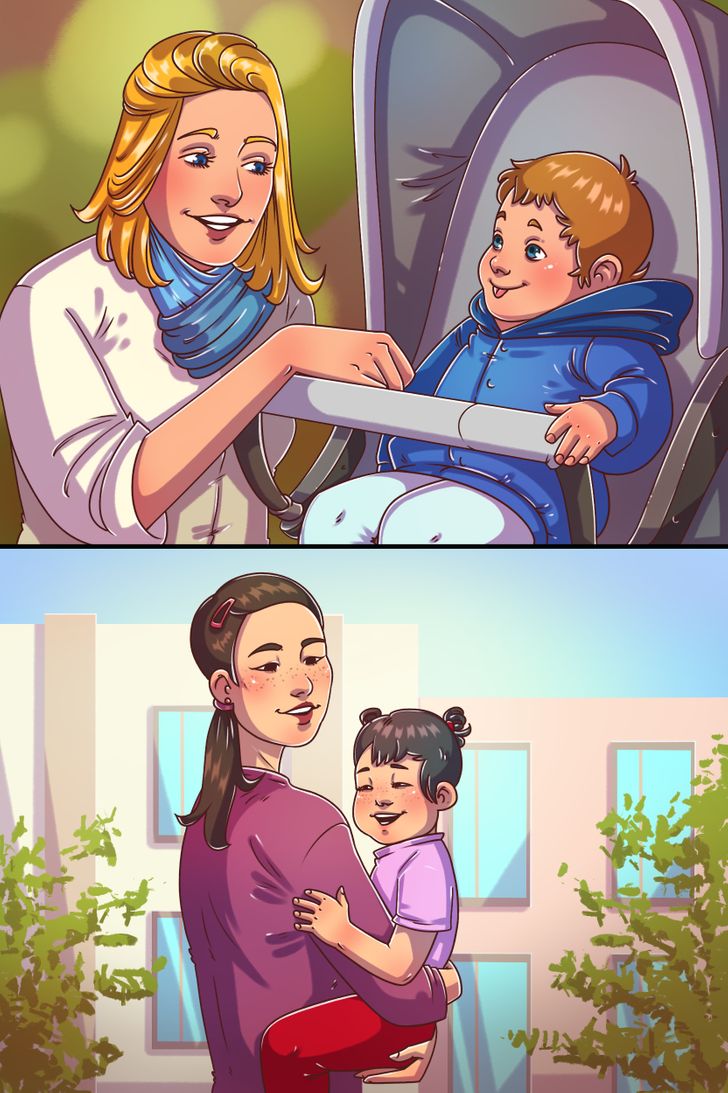
A mother-child relationship is deep but, it has been said that the attachment between Japanese mothers and their babies is very strong. And that is because they value physical connection so much. They share activities with their children from a very early age and don’t miss a chance to be close to them physically.
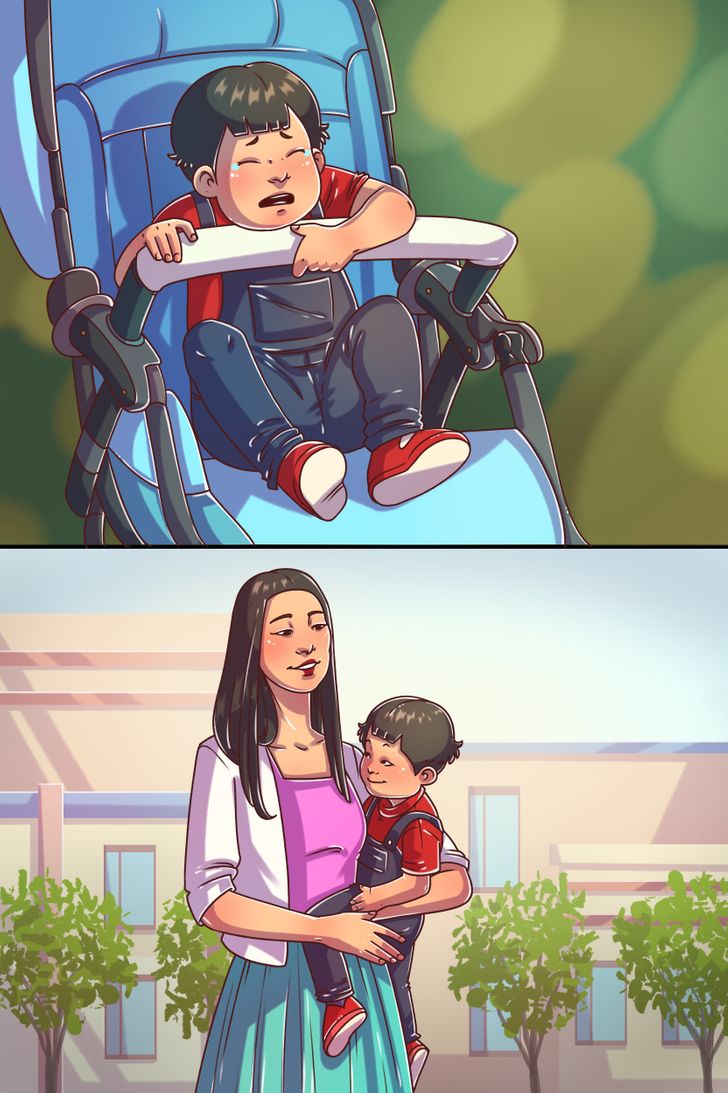
According to a study that was conducted in Japan on 12 healthy infants. It has been proven that babies carried by their mothers feel immediately relaxed with a slower heart rate. The same study showed that babies carried by a walking mother were more relaxed and calm than babies carried while sitting, regardless of the mother’s age or walking speed.
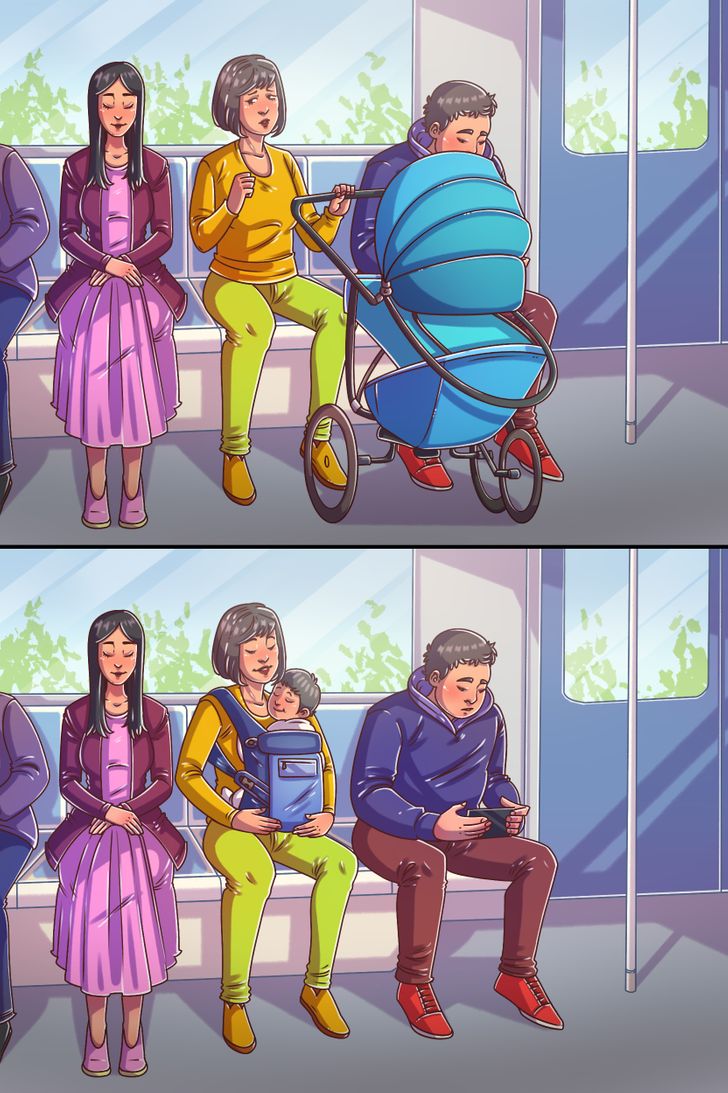
Since large crowds of Japanese people use public transportation, mothers who’d like to go around Tokyo or others cities by bus, subway, or train look for a convenient solution. They prefer to carry their babies with a carrier or a wrap instead of a stroller. That way, they won’t worry about the wheels getting stuck as they get on and off this mode of transportation.
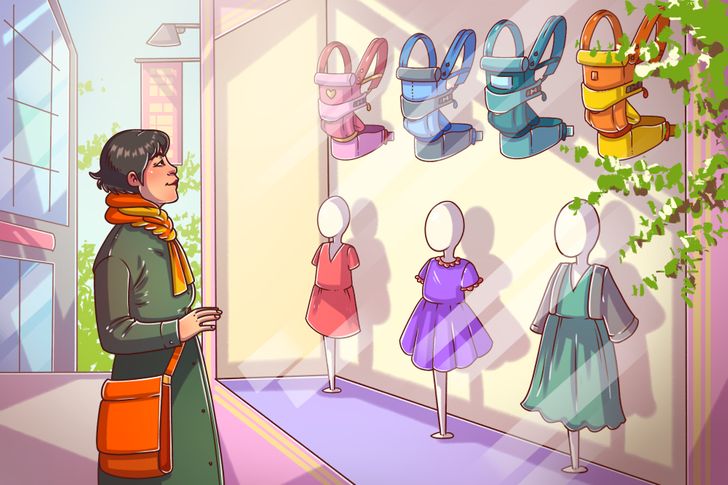
How do you feel about ditching the stroller and carrying the baby around? Would you give it a try?
Got some cool photos or stories and want to be featured on Bright Side? Send them all right HERE and right now. Meanwhile, we’re waiting!




